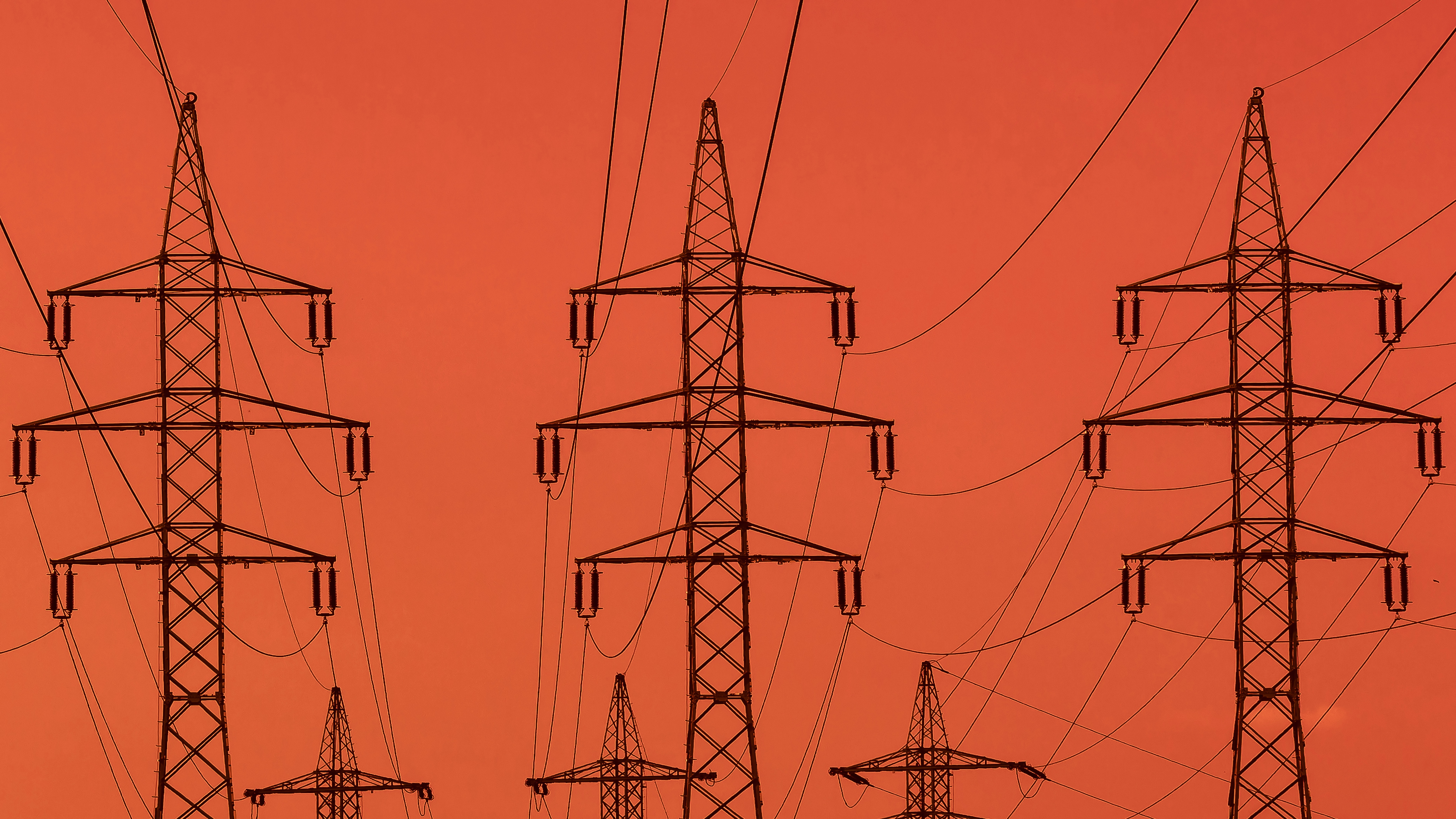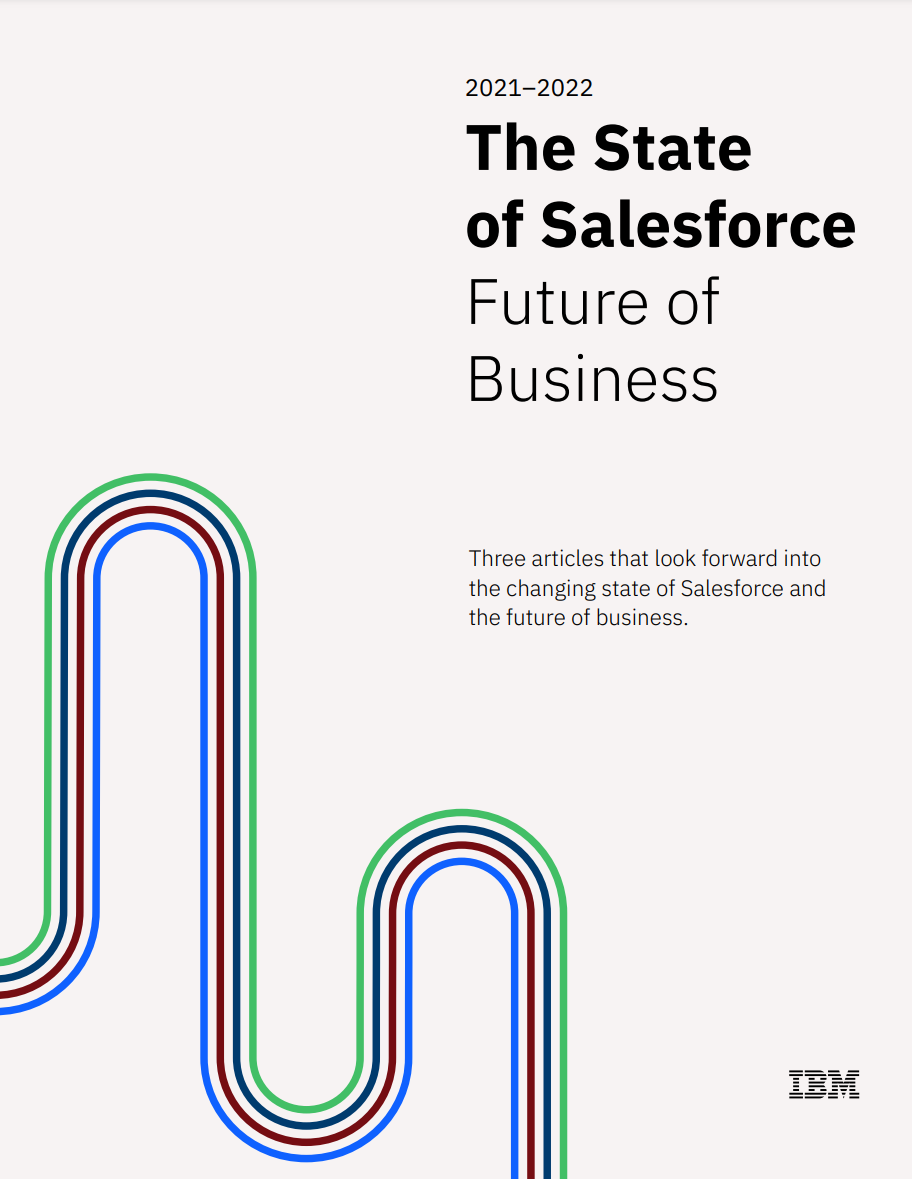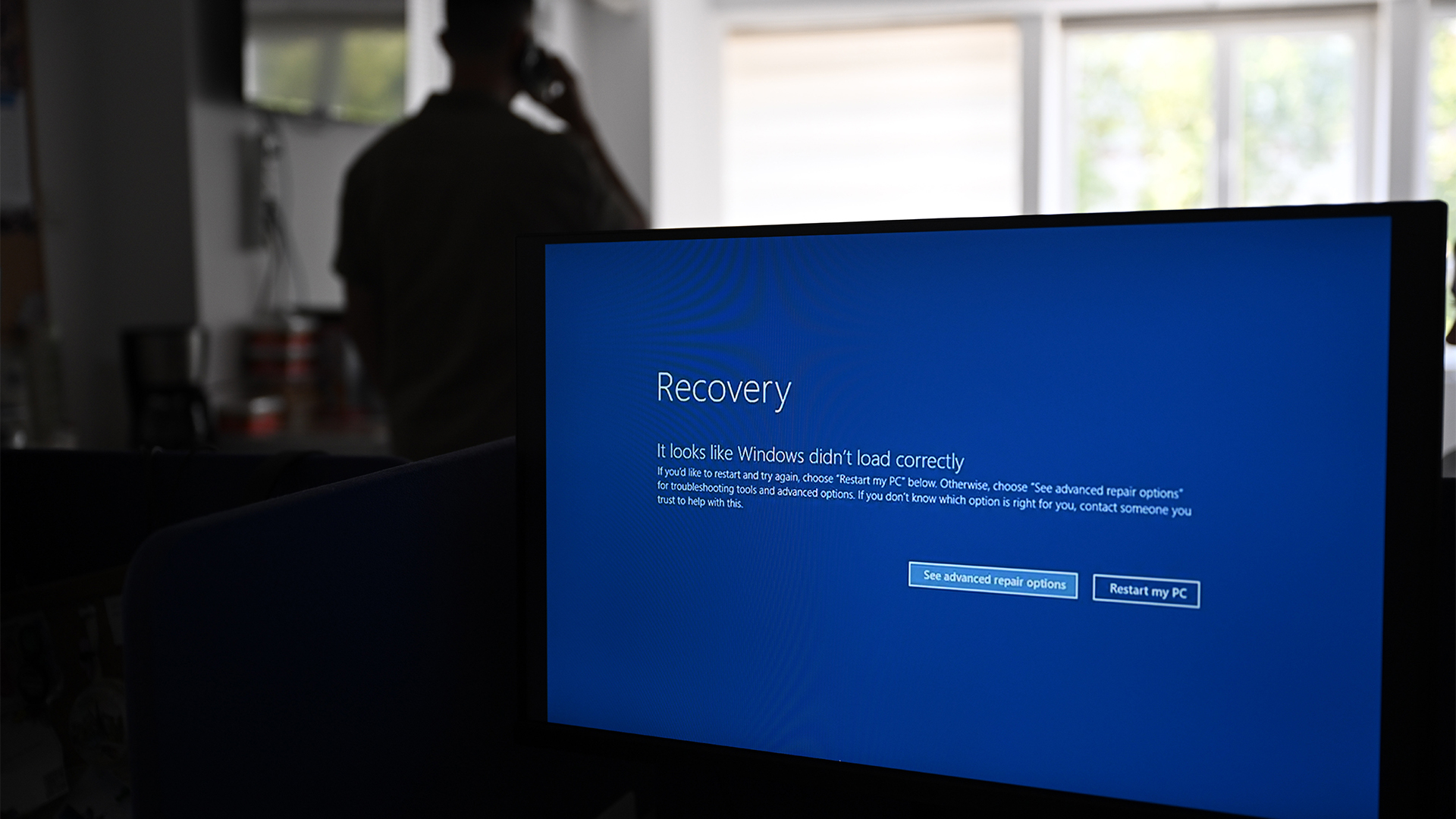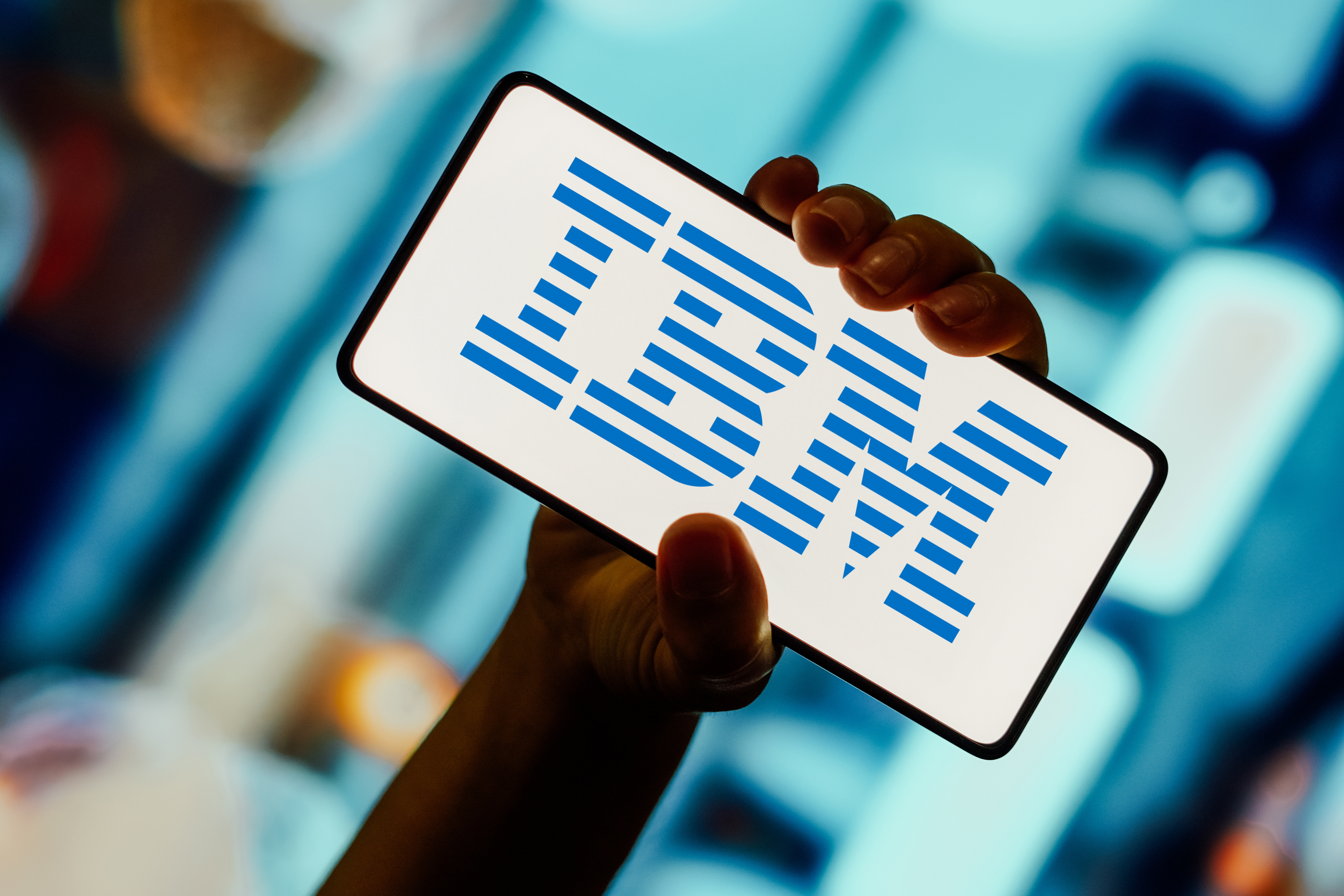Planning ahead for business blackouts this winter
With prospective power outages on the horizon, we examine how organisations can plan ahead to guarantee employee safety and business continuity

With the UK in the midst of an energy crisis due to the war in Ukraine, businesses face the real prospect of winter blackouts.
It isn’t just the struggle to keep energy bills down that businesses should be concerned with. As the cost of living crisis continues to bite, the National Grid recently warned households could face three-hour outages if demand for power outstrips supply.
While the government insists it will do all it can to keep the lights on, it has reportedly war-gamed what emergency measures might be needed during seven-day power cuts. It has also held talks with data centre operators.
No firm decisions have been made to date, but CEOs, the c suite, and IT departments are being urged to establish how they would ensure business continuity and employee wellbeing if the lights go out.
Prepare for the worst
Companies must immediately check disaster recovery (DR) plans, advises Mark Molyneux, EMEA CTO for IT firm Cohesity. This should be a priority, especially for those dependent on a data centre.
“Operational resiliency has a key part to play when looking at power outages,” he says. “Many companies will have solid DR plans for their data centres, but these cater for major outage scenarios. Random blackouts over a prolonged period offer a very different requirement for operational resiliency, and to the planned approach to cater for such events.
“Organisations might decide to move copies of their critical data to an alternative location to create more resiliency against potential blackouts.”
Stay up to date with the latest Channel industry news and analysis with our twice-weekly newsletter
Molyneux also warns of other risks including cyber criminals exploiting confusion when the power goes out, as staff will be preoccupied. This needs a fresh approach to both cyber security and physical security, including checking daily logs, while also building an updated map of digital assets and the interdependencies between computing and storage and the delivery of a service.
“The IT and leadership teams in an organisation should share the same understanding of the potential risk of downtime. Both should also have the same understanding of the level of maturity their organisation has with their visibility of data,” he adds. “This will enable them to better understand the potential risk of downtime and data loss. The organisation should run regular drills and simulations as tabletop exercises.”
The remote worker problem
Today’s power issues stem from the UK’s dependency on burning gas – which is in shorter supply – to create electricity. Given the unprecedented nature of the events that caused this crisis, many businesses may have previously marked blackouts as “low risk” or even seen the prospect fall off their continuity plans altogether, laments Robert Rutherford, CEO at IT consultancy QuoStar.
“Not having plans for likely events is extremely negligent; if issues occur and a board hasn't been in control of its risks then regulatory bodies are going to be extremely unhappy,” he warns.
Rutherford adds that given remote working is now the norm, plans must include what to do when home workers lose power. This includes outlining who they let know and where they then go. In offices, processes must factor in how home workers interact with systems based on-premise, such as phone services, and the effect on simple actions like access to buildings from digital entry systems.
RELATED RESOURCE

The state of Salesforce: Future of business
Three articles that look forward into the changing state of Salesforce and the future of business
“Due to the pandemic, many businesses have changed their working completely,” he adds. “Many need to ensure they have the office space to accommodate staff in a disaster power outage scenario. It's no good thinking staff can just go to a coffee shop or to a hotel – chances are they will be full, or also without power if local.
“Larger businesses should already have diverse power feeds, from different grids. If they don’t then they may want to look at those options. In the past, this would have been extremely common, along with large battery backup – uninterrupted power supply – and generators. Some larger businesses may need to revisit the cost versus the impact of this.”
Additionally, Rutherford advises caution with electronics, as switching power on and off can blow devices such as switches, routers, servers, storage devices, and firewalls. All those must be on UPS to protect against spikes, he explains, adding: “With that in mind, it's important to ensure all UPS devices have current warranties and have been load tested to ensure they have enough run time to shut down equipment gracefully.”
Employee safety and legal redress
It’s not just IT uptime that companies need to prepare for. Decisions such as adjusting working hours to accommodate the power cuts may go against employee contracts, explains employment law associate at Paris Smith, Charlotte Farrell. This risks discrimination claims by those with childcare responsibilities or disabilities who may find it harder to adapt.
Farrell adds imposing short-term working – sending employees home early because of power cuts – without the contractual right could also give rise to claims for unlawful deduction from wages or constructive unfair dismissal.
“It is vital to carry out risk assessments to ensure a safe working environment," she advises. "Employees who reasonably believe they are in serious and imminent danger due to a dangerous workplace can legally refuse to work and are protected against dismissal without needing the usual two-year qualifying service for unfair dismissal claims.
“It is likely that requiring employees to work as normal without electricity could trigger this right for some employees and workers, particularly those in factories or where sudden stoppages of equipment could be dangerous. Employers should not penalise employees for any performance issues caused by the blackouts.”
Gavin Scarr Hall, Peninsula’s director of health and safety, raises further practical issues that must be considered, such as the carbon monoxide (CO) arising from generators. He says CO detectors must be working in a building, with generators and fuel kept outdoors and at least 20 feet away from windows and doors.
“Slips and trips are a major hazard in low light, as it gets harder to see obstructions and obstacles,” he continues. “Keep pedestrian routes clear and check your emergency lighting regularly for faults. If your workplace doesn’t have much natural light or your staff work outside of daylight hours, provide torches and battery-powered lamps for extra light.”
RELATED RESOURCE

Taking a design-led, data-driven approach to experience transformation
Deliver compelling, relevant customer and employee experiences in the digital-first era
Scarr Hall also points to health hazards businesses might overlook. These include checking water is safe for employees to drink, ensuring the right temperature of fridges during and after blackouts, and throwing out any food that may have been exposed to unsafe temperatures.
"Make sure you involve your employees when planning for power outages," he adds. "Knowing an employer is prepared will help avoid any unnecessary panic or distress.”
With only a short window of time left to ensure resiliency, however, Ian Wood, UKI CTO at Veritas, cautions there’ll be little to no excuse for organisations that don’t make reasonable efforts to prepare. “The potential for power cuts have been widely publicised so, if they come, no one will be able to say that it’s a surprise,” he says. “Customers are unlikely to forgive a lack of preparation.”
Jonathan Weinberg is a freelance journalist and writer who specialises in technology and business, with a particular interest in the social and economic impact on the future of work and wider society. His passion is for telling stories that show how technology and digital improves our lives for the better, while keeping one eye on the emerging security and privacy dangers. A former national newspaper technology, gadgets and gaming editor for a decade, Jonathan has been bylined in national, consumer and trade publications across print and online, in the UK and the US.
-
 Trump's AI executive order could leave US in a 'regulatory vacuum'
Trump's AI executive order could leave US in a 'regulatory vacuum'News Citing a "patchwork of 50 different regulatory regimes" and "ideological bias", President Trump wants rules to be set at a federal level
-
 TPUs: Google's home advantage
TPUs: Google's home advantageITPro Podcast How does TPU v7 stack up against Nvidia's latest chips – and can Google scale AI using only its own supply?
-
 UK firms are pouring money into AI, but they won’t see a return on investment unless they address these key issues
UK firms are pouring money into AI, but they won’t see a return on investment unless they address these key issuesNews An SAP report projects increased AI investment, but cautions that too many organizations are taking a fragmented approach
-
 Intel makes high-level hires while factory workers are warned of layoffs
Intel makes high-level hires while factory workers are warned of layoffsNews The company is appointing four senior executives as part of efforts to refocus on engineering and customer relationships
-
 UiPath names Simon Pettit as new AVP for UK and Ireland
UiPath names Simon Pettit as new AVP for UK and IrelandNews The seasoned leader will spearhead region-specific transformation projects as UiPath looks to drive operational growth and customer engagement
-
 It's been two weeks since CrowdStrike caused a global IT outage – what lessons should we learn?
It's been two weeks since CrowdStrike caused a global IT outage – what lessons should we learn?Opinion The incident on 19 July was possibly the biggest IT outage to date
-
 Game-changing data security in seconds
Game-changing data security in secondswhitepaper Lepide’s real-time in-browser demo
-
 Unlocking the opportunities of open banking and beyond
Unlocking the opportunities of open banking and beyondwhitepaper The state of play, the direction of travel, and best practices from around the world
-
 Accelerated, gen AI powered mainframe app modernization with IBM watsonx code assistant for Z
Accelerated, gen AI powered mainframe app modernization with IBM watsonx code assistant for Zwhitepaper Many top enterprises run workloads on IBM Z
-
 Magic quadrant for finance and accounting business process outsourcing 2024
Magic quadrant for finance and accounting business process outsourcing 2024whitepaper Evaluate BPO providers’ ability to reduce costs